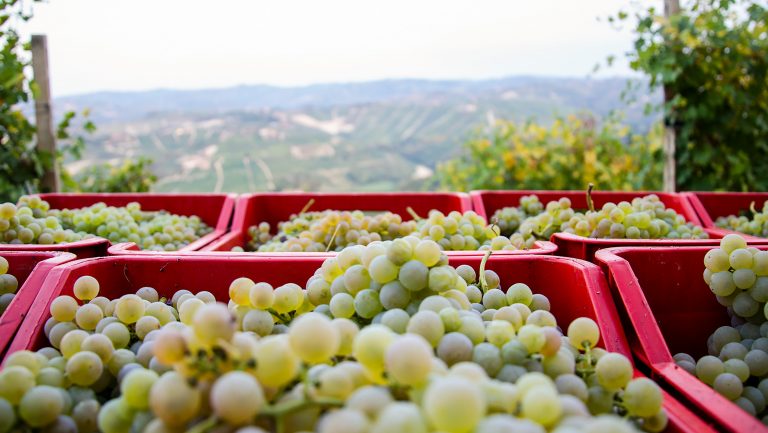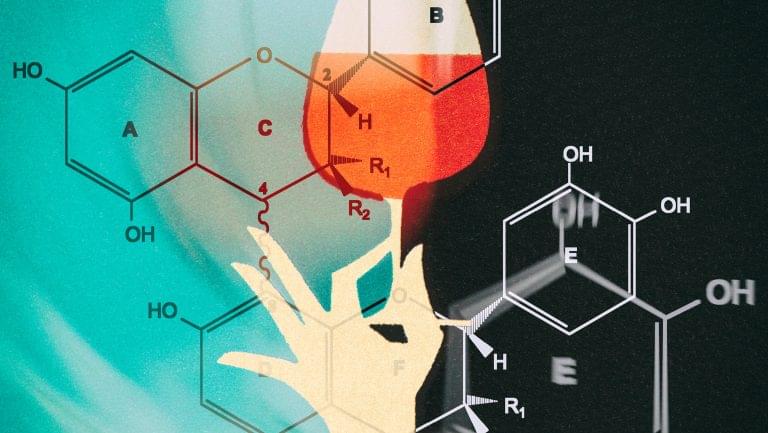This year, once again, our readers showed a deep interest in the science of wine. In fact, our top-performing wine article discussed the reductive notes in natural wines, and our second most popular covered the science of tannins. Stories that take a deep dive into both the art and science of wine—from how to purchase back-vintage wines to the story behind the wine mavericks at U.C. Davis—caught the attention of our readers, as well. Here, we share five of the most clicked on, most talked about wine articles of 2019.
5. How to Source Back-Vintage Wines for a List

Wine professionals share advice on finding and purchasing aged wines for restaurant programs

Don’t miss the latest drinks industry news and insights. Sign up for our award-winning newsletters and get insider intel, resources, and trends delivered to your inbox every week.
Offering vintage wines is a strategic way to attract attention to a wine program, but how do buyers manage to acquire these bottles in the first place? The means of obtaining sound back-vintage wines for a restaurant program depend on state-specific laws, but if such acquisitions are permitted, it’s important to know that some methods result in more reliable wine quality than others.
SevenFifty Daily spoke with experts who specialize in acquiring back-vintage wines to explore the best options for sourcing them and using them to enhance a program. [Read more]
4. The Wine Mavericks That Heralded a New Generation at U.C. Davis

A group of enology grads is upending expectations with their micro-label, minimalist natural wines
Recently, I had dinner with my partner’s uncle, Dan Baron, and he opened a bottle from his new label, Complant. Vinified in Napa, California, from fruit cultivated in the Santa Lucia Highlands of Monterey County, that Pinot Noir was one of the brightest, most lithe California wines I’ve tried. Dan has always been a Cabernet man, and until his retirement in 2017, he was a conventional winemaker in his role at Silver Oak Cellars in Napa’s Oakville. Yet here he is, making low-input, spontaneously fermented Pinot Noir. [Read more]
3. Little-Known Italian Grapes on the Rise

From Rossese Bianco to Schioppettino, these emerging varieties should be on your radar
On the outskirts of Monforte d’Alba, the Josetta Saffirio winery is located in the tiny hamlet of Castelletto, between the villages of Serralunga and Castiglione Falletto—in the middle of Barolo country. But what excites Sara Vezza, Josetta’s daughter and the fourth-generation proprietor of the estate, even more than Barolo is a rare white grape that grows in this area and practically nowhere else. [Read more]
2. The Science of Tannins in Wine

Wine professionals discuss how tannin management in the vineyard and cellar influences the expression of tannins in wine
Tannins form the basis of structure in red wines—and they’re the primary determinant of the longevity of red wines. White wine contains tannins as well, but in significantly lower concentrations; their ageability is mostly determined by their acid and sugar levels. The types of tannins in wine can be influenced by a number of factors—grape variety, conditions in the vineyard, vineyard management practices, vintage variation, and winemaking practices. Paying attention to the character of the tannins in a wine can give insight into the stage of a wine’s development and its potential for aging. [Read more]
1. How Natural Wines Develop Reductive Notes

With little or no sulfites added, natural wines should be more at risk of oxidation. So why do some yield reductive notes?
Natural wines tend to prompt debate throughout the wine world. But beyond stylistic differences and philosophical principles, the subject raises a lot of interesting questions about wine chemistry and vinification approaches, particularly in terms of natural wines’ interaction with oxygen. For example, if the use of sulfites—the chief winemaking antioxidant—is avoided or severely limited, shouldn’t natural wines be at greater risk of oxidation? And shouldn’t the main threat to natural wines—and consequent faults—stem from oxidation? [Read more]

Dispatch
Sign up for our award-winning newsletter
Don’t miss the latest drinks industry news and insights—delivered to your inbox every week.






